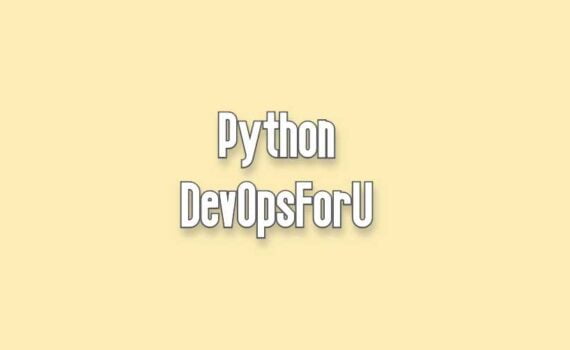Tuples in Python are similar to lists, but they are immutable, meaning that their values cannot be changed after they […]
Python3
Lists are a fundamental data structure in Python and are used to store a collection of items. They are similar […]
Try block in Python is used to enclose code that might throw an exception. When an exception occurs in the […]
Function arguments in Python, you can define a function by using the def keyword followed by the function name and […]
A while loop in Python allows you to repeatedly execute a block of code as long as a certain condition […]
A for loop is a control structure that allows you to iterate over a sequence (such as a list, tuple, […]
The time module in Python provides functions for working with time, including retrieving the current time and converting between different […]
In Python, operators are special symbols that represent calculations like addition, multiplication, and comparison. Here’s a list of the most […]
In Python, a data type is a classification of types of data that determine the possible values for that type, […]
In Python, the backslash (“\”) character is used as an escape character to indicate that the character following it should […]
In Python, comments are lines of code that are not executed by the interpreter. They are used to provide explanations […]


